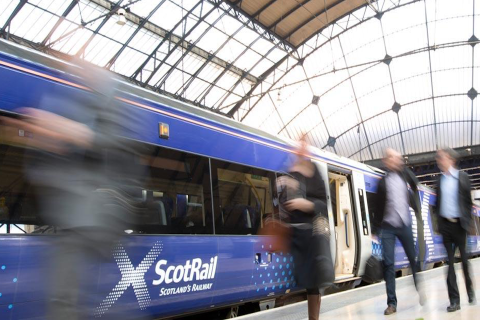UK National Mourning: impacts and legacies on the railways

The death of Queen Elizabeth has enormous long-term implications for the constitutional UK, but also very practical implications for the immediate future on the railways. Already, the ongoing industrial action supporting a catalogue of disputes has been suspended. Meanwhile Network Rail, the infrastructure agency, has warned of phenomenal additional passenger traffic into London, Edinburgh and other locations with royal connections, including Windsor, where the late Queen will be laid to rest.
Want to read more?
You have read all of your free premium articles for this month. Please become a subscriber to keep reading.
Subscribe now!
Take advantage of our exclusive offer to get full access to all premium content.




